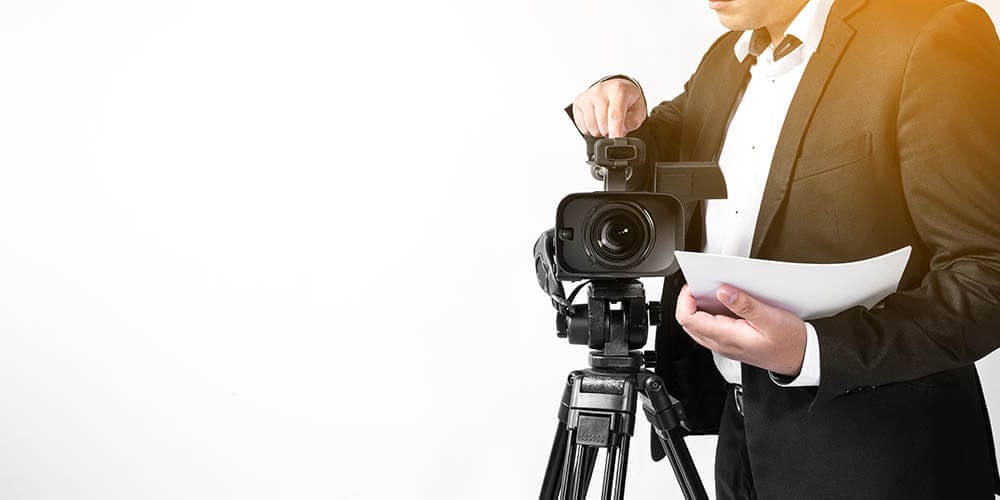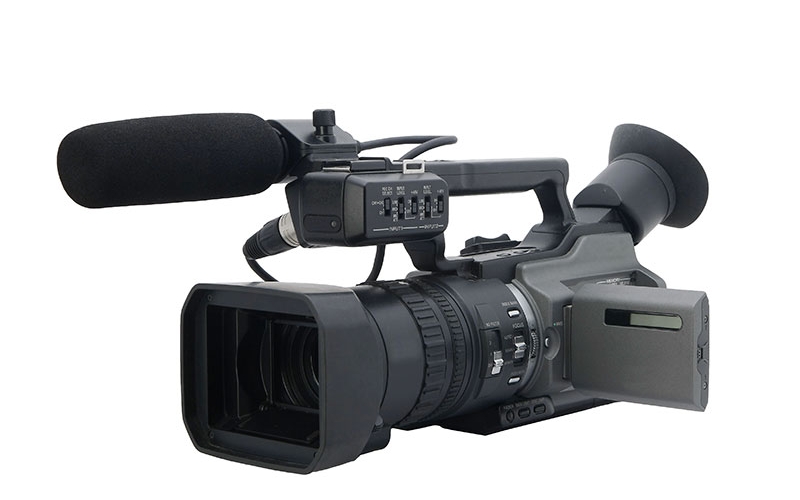Legal Videography: Changing the Method Evidence is Captured and Presented
Legal Videography: Changing the Method Evidence is Captured and Presented
Blog Article
Looking Into the Devices of Legal Videography: Introduction Its Procedure in Shielding Authentic Aesthetic Testament for Judicial Process
In the world of judicial proceedings, the function of legal videography stands as a foundation in maintaining and providing visual evidence. As innovation proceeds to development, the systems behind lawful videography have actually come to be increasingly intricate, providing an essential layer of credibility to testaments caught on video clip. By diving right into the operational ins and outs of lawful videography, one can reveal the meticulous processes that secure the honesty of aesthetic evidence offered in court rooms - Legal Videography. This exploration not just drops light on the historical evolution of lawful videography however likewise hints at the future trends that might even more reinvent exactly how aesthetic testimonies are maintained in the world of justice.
Historical Advancement of Legal Videography
Examining the historical progression of legal videography discloses a substantial change in the catching and presentation of visual proof within the lawful landscape. In the past, legal procedures heavily relied upon written pictures and transcripts to document events and give proof. Nevertheless, with the introduction of video technology, the lawful market saw a paradigm shift in just how visual statement was caught and offered.
The evolution of legal videography can be traced back to the late 20th century when improvements in video clip recording equipment made it more easily accessible for usage in courts. This technical innovation not just enhanced the accuracy and dependability of aesthetic proof but likewise changed the way cases were provided to courts and courts (Legal Videography). Lawyers started to acknowledge the influential power of video clip recordings in sharing feelings, subtleties, and non-verbal signs that created records or pictures alone could not record properly

Innovation Advancements in Video Clip Paperwork
What vital technical innovations have changed video clip documentation in the lawful area? The legal field has actually seen substantial improvements in video documentation technology that have actually boosted the authenticity and dependability of aesthetic proof in judicial proceedings. Among the essential innovations is high-def (HD) video clip recording capabilities, which give crystal-clear pictures and sharp information that are vital for accurately catching testaments, facial expressions, and other visual cues. In addition, the combination of timestamping and metadata functions in video clip documents tools has actually allowed accurate documents of when and where the video was recorded, ensuring the stability of the evidence provided in court.
Furthermore, advancements in video security and watermarking innovations have actually reinforced the security and tamper-proof nature of video proof, securing it against unapproved modifications or tampering. In addition, the arrival of cloud storage space services and remote gain access to abilities has streamlined the storage, access, and sharing of video proof, helping with smooth cooperation among lawful specialists and making sure effective accessibility to essential visual testimonies when needed. These technological improvements in video clip paperwork have actually unquestionably transformed the legal field, enhancing the precision, credibility, and admissibility of visual evidence in judicial proceedings.
Function of Legal Videographers in Court Settings
The advancement of video documentation modern technology in the lawful field has demanded a crucial duty for legal videographers in court settings, guaranteeing the integrity and integrity of visual statements provided during judicial process. Legal videographers play a fundamental duty in useful link catching and maintaining exact visual evidence that can be crucial in court cases. Their obligation includes establishing devices, videotaping process, and generating top quality videos that Your Domain Name properly show the occasions in the court.
In courtroom setups, legal videographers have to stick to stringent guidelines and standards to keep the authenticity of the aesthetic record. They need to have a keen eye for detail and an extensive understanding of lawful procedures to guarantee that the video they capture is a true depiction of the occasions that took place. Furthermore, lawful videographers typically function closely with lawful teams to make sure that the video evidence lines up with the case's demands and can be properly provided in court to support the legal arguments being made. Generally, the duty of lawful videographers in courtroom settings is essential in maintaining the concepts of justice and ensuring the transparency of lawful proceedings.

Ensuring Admissibility and Integrity of Video Clip Proof
To preserve the reputation of visual proof offered in legal process, guaranteeing the admissibility and stability of video clip evidence is an essential obligation for lawful videographers. Admissibility describes the approval of evidence by the court, and for video clip evidence to be permissible, it must satisfy particular requirements. Legal videographers play a crucial function in making certain that the videos they record conform with the policies of proof, such as reliability, authenticity, and importance.
Integrity of video evidence entails preserving the creativity and precision of the video from the moment it is taped until it is presented in court. This consists of firmly storing the video documents, documenting the chain of guardianship, and avoiding any type of tampering or alterations. Lawful videographers have to stick to rigorous methods to ensure the honesty of the video evidence and prevent any obstacles to its authenticity.
Future Trends in Legal Videography
Provided the raising dependence on technology in lawful procedures, lawful videographers are poised to accept cutting-edge developments forming the future of visual testament capture and discussion. One of the famous fads imminent is the assimilation of online truth (VIRTUAL REALITY) and boosted why not try here fact (AR) modern technologies right into lawful videography. These modern technologies have the potential to transform exactly how visual evidence is offered in court rooms, allowing courts and courts to immerse themselves in the scene of the criminal offense or incident.
Furthermore, making use of artificial intelligence (AI) formulas for video analysis is expected to simplify the process of assessing and analyzing huge amounts of video footage. AI can assist in recognizing vital moments, abnormalities, and patterns within video clips, improving the efficiency of lawful investigations.

Final Thought
Finally, lawful videography has actually played a crucial duty in offering genuine aesthetic evidence for judicial process. Through technological innovations and the experience of legal videographers, the integrity and admissibility of video clip evidence are guaranteed in courtroom setups. As legal videography continues to advance, it will be important to promote standards that preserve the precision and dependability of aesthetic testimony for the future of legal proceedings.
Examining the historic development of lawful videography reveals a considerable change in the catching and presentation of visual proof within the lawful landscape.The advancement of video paperwork innovation in the lawful area has required an important function for legal videographers in court setups, guaranteeing the integrity and dependability of visual testaments presented throughout judicial procedures. In addition, lawful videographers commonly work carefully with legal teams to make certain that the video clip proof lines up with the case's demands and can be properly presented in court to sustain the legal arguments being made.To maintain the reliability of aesthetic evidence offered in lawful process, ensuring the admissibility and integrity of video evidence is a crucial responsibility for legal videographers. As legal videography continues to progress, it will be crucial to copyright requirements that preserve the precision and reliability of visual testament for the future of legal proceedings.
Report this page